The sea has always been one of our primary sources of livelihood, from fuelling entire civilizations to being the major mode of transport for millenia. But what happens when we exhaust everything the sea has to give us?
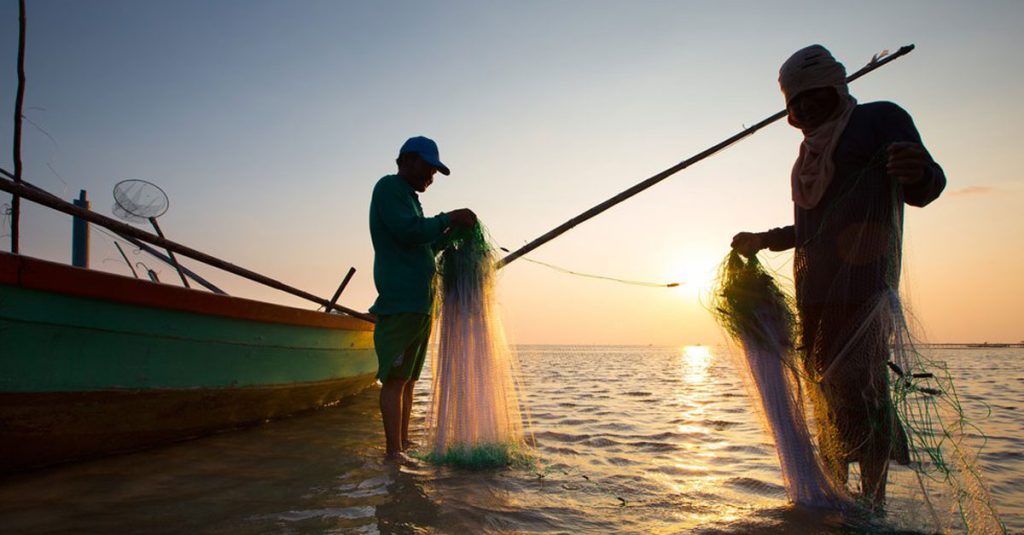
Last November 15, 2023, the Bureau of Fisheries and Aquatic Resources (BFAR), the government organization responsible for the management, conservation, and improvement of our aquatic resources, issued a ban on fishery operations in the Visayan Sea. It’s an annual closure that is meant to prevent overfishing, giving ample time for fish populations to recover their numbers and avoid total depletion, and spans about 3 months from November 15 to February 15.
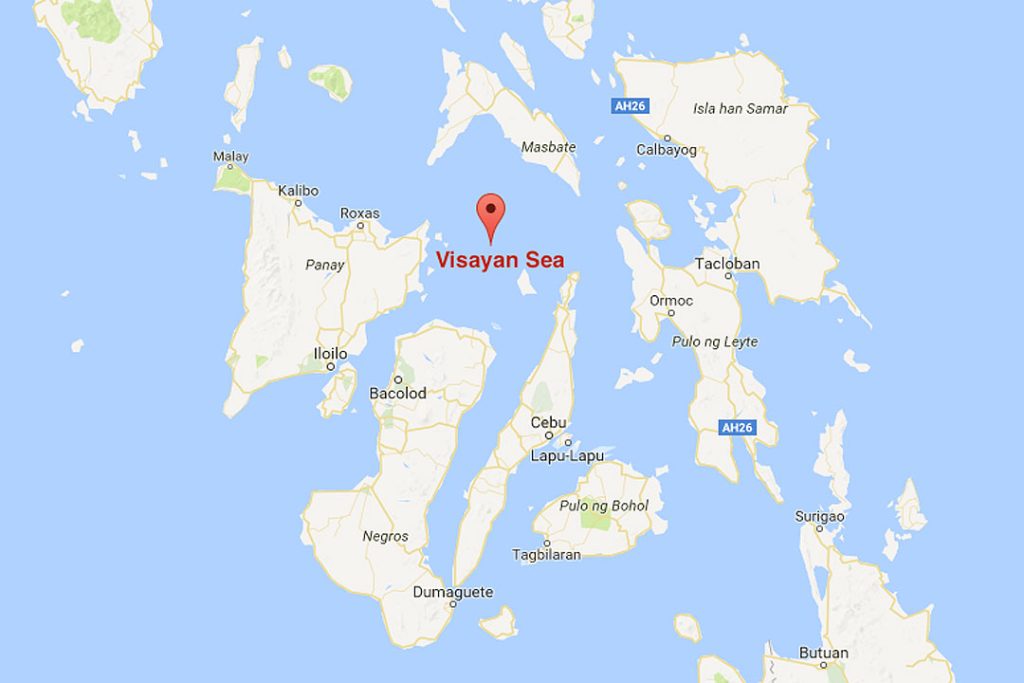
As of February 15, fishermen can now resume their fishing operations, indicating an increase in the Philippine fishing industry production rates as the Visayan Sea is a major contributor. The sea also serves as a habitat for other marine flora and fauna such as corals and mangrove systems, and harbors marine protection areas.
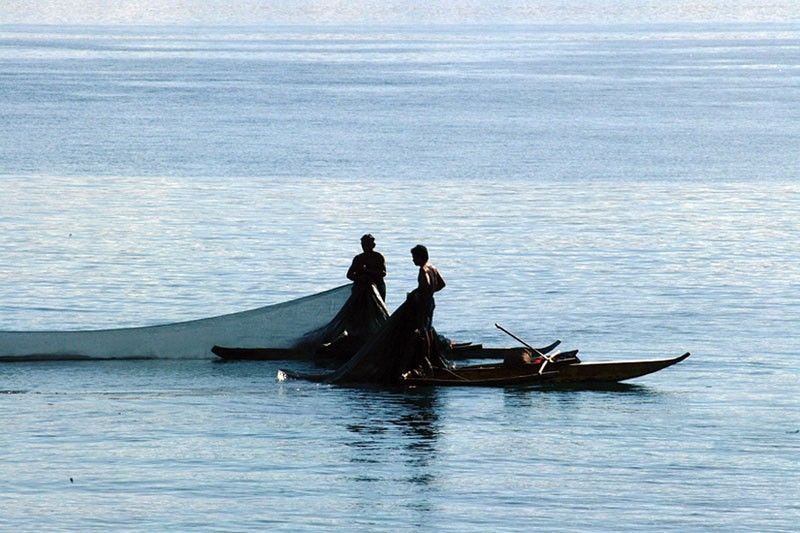
The areas affected by the fishing ban cover various areas in the Visayas, such as:
- Olotayan Island
- Culasi Point
- Talisay River
- Tomonton Point
- Madridejos
- Bantayan Island
- Danao River
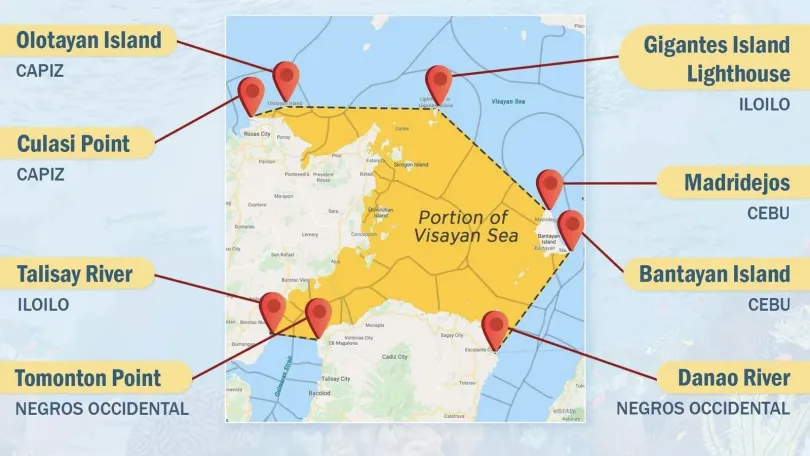
Some of the species living in the Visayan Sea, and designated as protected are:
- Bali Sardine (Tamban, Tunsoy, or Haul-haul)
- Short-bodied Mackerel (Hasa-hasa)
- Goldstripe Sardine (Halobaybay, Lapad, or Lapa)
- Indian Mackerel (Bulao or Alumahan)
- Fimbriated Sardine (Tunsoy, Lao-lao, or Tamban)
- Rainbow Sardine (Tulis, Balantiyong, or Hilos-hilos)
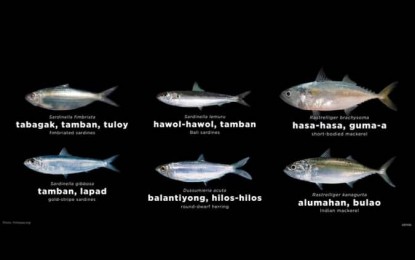
Remia Aparri, BFAR Western Visayas Director, before the fishing ban, urged local government units, stakeholders, the community, and fisherfolk especially, to support the conservation efforts during this crucial season by reporting any illegal fishing activities.


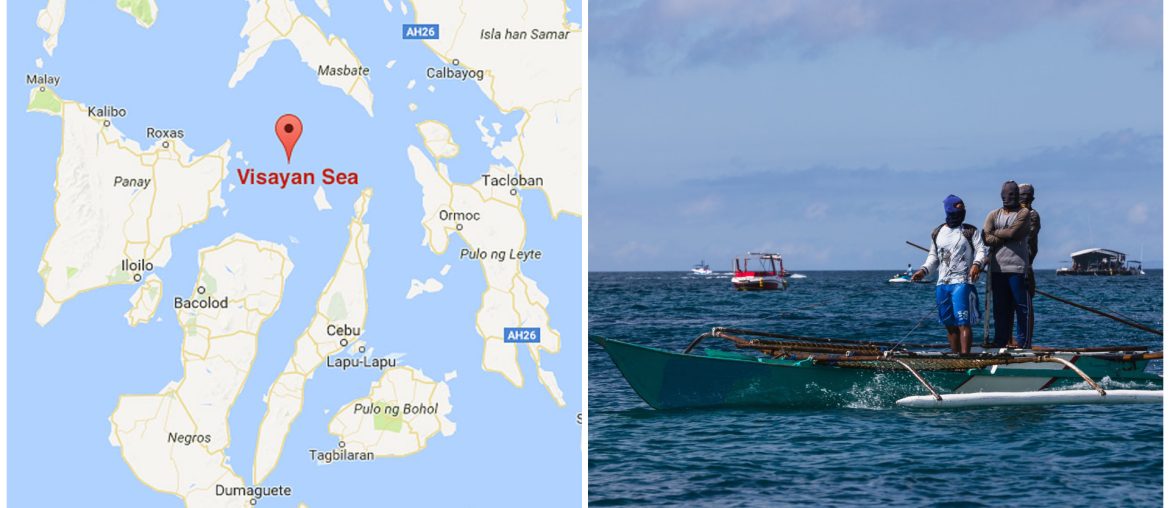
Comments are closed.